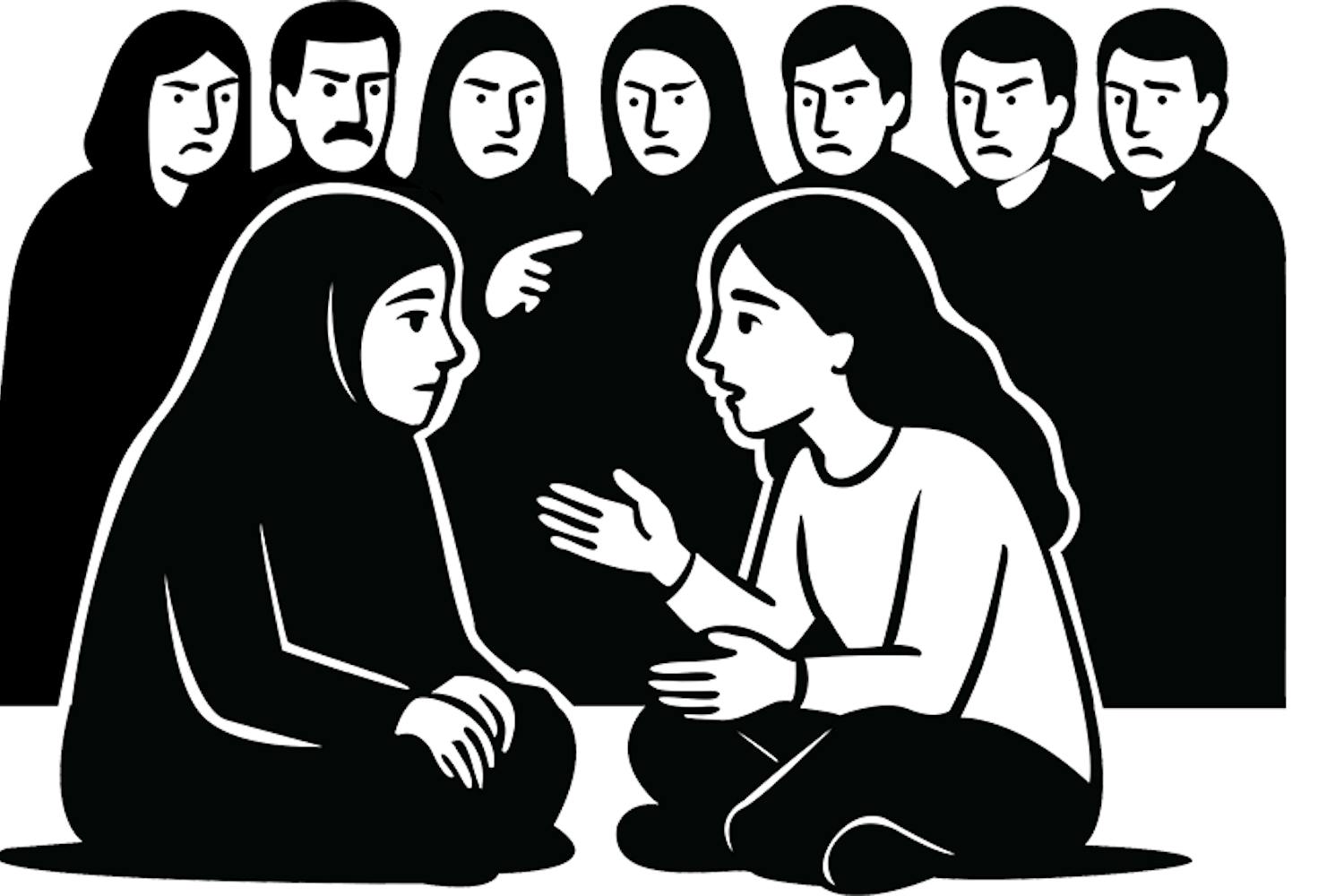There were no blinds to stop the sun from coming in and warming the office, but the temperature fits the topic as ASU Professor Tad Day starts to speak about warming on a global scale. Day is very busy and glad today is Friday. He hasn't been back in Arizona for very long.
From Nov. 20 to the first part of February, he was in Antarctica doing research and setting up a new project focused on the effects of global warming. It is a little ironic that Day left one of the hottest places on earth for one of the coldest to study how warming will affect this world.
But why would anyone, especially an Arizonan, choose to work in Antarctica?
"One of the reasons to do the work down there is because we are seeing changes in climate there before they are happening elsewhere," Day explains.
This was not the first time he went to Antarctica. His first project there, from 1994 to1999, allowed him to study how the increased ultraviolet rays from the ozone hole would affect plants.
"Trying to make the same conditions of the ozone hole was difficult, so I thought, well, we can avoid some of that problem by taking the next step and go to where the ozone hole is happening," he says. He adds the hole is very clear in Antarctica during spring and early summer.
"Antarctica, therefore, is the best place to study it (the hole in the ozone.) Our previous [project] was looking at the effects of climate change on plants that grow there, to get a handle on how climate change-especially the ozone hole and also to some extent warming-were affecting the plants.
"And now [with our] understanding of that, and building on what we found back in the '90s, trying to understand how it affects not just the plants, but the soil and the whole ecosystems."
Although still studying the hole in the ozone, Day's recent project is focused more on warming trends, which are predicted and are occurring globally, but the warming in Antarctica is happening faster than anywhere else in the world.
So Day went back to the Southern Hemisphere-the very Southern Hemisphere. While there, he stayed at Palmer Station on Anvers Island off the coast of Antarctica. He was there with the four other members of his field team and about thirty other researchers and support staff for the facility, such as the cook, station manager and doctor.
The station isn't very large and only after a few short weeks or months, it became similar to living in a big family, Day says.
But everyone made the best of it. They had a Christmas gift exchange and a nice dinner that night. For fun they had movie, poker and other theme nights. Every week, one of the scientists gaves a science lecture.
Scientists don't get any special treatment, though. They are also janitors at the station. Everyone is responsible for cleaning up, Day says. The station has 40 beds. Scientists or paid janitors can use them, so everyone works together to keep the station clean, allowing more scientists to come.
Day and his team used this year to build and set up a new project. For the next three years they will return for the field season, late October to early March, to collect data.
Both of the projects used two plants, the Antarctic Hairgrass and the Antarctic Pearlwort. These plants were chosen because they are closely related to species in other parts of the world. In the previous project, plants were only studied during daylight, and warming occurs both day and night.
"We wanted to improve the realism of our experiments down there," Day says. So the current experiment looks at how warming effect plants, soil, microorganisms and nutrient cycles during both day and night.
To study how warming increases at night, they needed heat. The team built 20 small heaters full of sensors that could hold many sections of land or tundra. The tundra was made up of soil, microorganisms and a plant. The devices were set up to show what the climate will probably be in Antarctica at the end of the century.
Ultimately, Day and his field team want to figure out how global warming is going to affect the earth.
"It's a chance to see what might happen, to predict what happens in other areas," Day says.
The increase in warming is affecting the carbon cycle. Day is trying to find out how. "Warming the earth may cause some specific areas, or ecosystems, to release more carbon, which isn't a good thing."
This would speed up global warming and have other negative impacts. But it is possible that ecosystems may act as a sink, storing more carbon as temperatures get warmer.
"This would help but wouldn't completely offset what is happening now. It is important for us to see how ecosystems are going to respond," Day says.
He hopes this research, along with other researcher's findings, will force policy makers to do something more about the growing problems of our environment.
The more information the better to predict the consequences of legislation, Day says. He explains sometimes policy makers do nothing because they claim more research and numbers are needed. By flooding them with numbers and facts, it stops paralysis by analysis, he says. This forces action. But it isn't just policy makers that need to know about this situation. Everyone needs to be aware.
While he was in school, people would talk about things changing but didn't think it would be happen in their lifetime. This isn't the case, Day says. Just in a few years he has seen changes in Antarctica he didn't think he would ever see.
But Antarctica isn't the only place changes have happened. They are everywhere. We are showing how the climate is changing. We don't live in a static world, he says. Who knows how many changes will occur in the next few years? So Day will spend a few more Christmases and a lot more time trying to figure it out.
But in the mean time, he is going to enjoy the warm office and his Friday afternoon.
Reach the reporter at samantha.xanthos@asu.edu.



